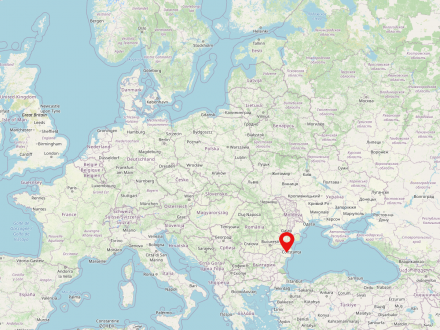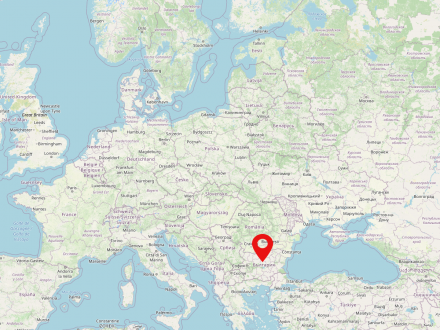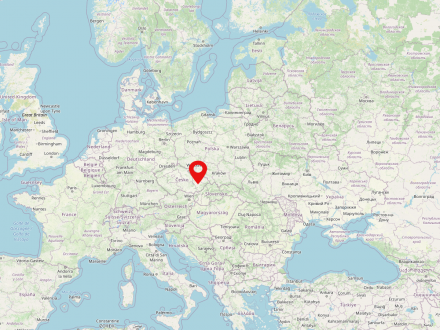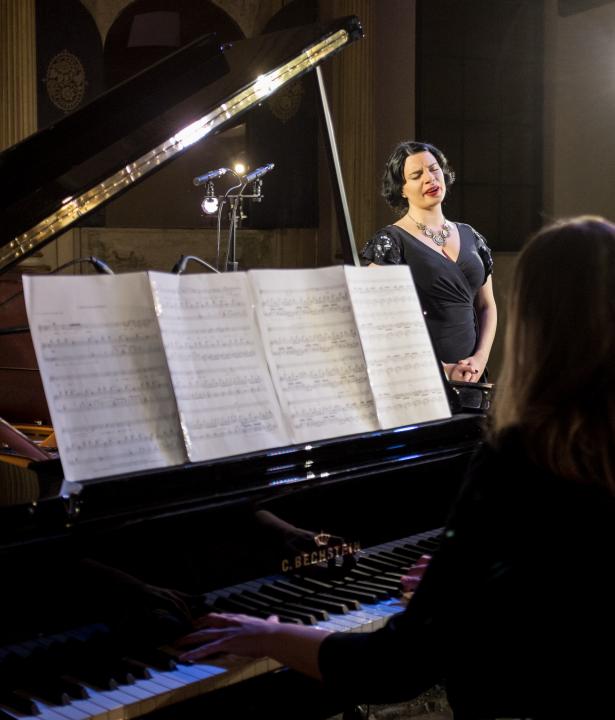Dobruja (rum. Dobrogea, bulg. Добруджа) is a historical landscape in the border area between southeastern Romania and northeastern Bulgaria. Dobrogea is situated on the Danube and the Black Sea.
Bulgaria is a South-Eastern European country and is inhabited by about 7 million people. Sofia is the capital of the republic and the largest city in the country. Bulgaria is situated on the Black Sea in the eastern part of the Balkan Peninsula. The largest rivers in the country include the Danube and Maritsa.
The Russian Empire (also Russian Empire or Empire of Russia) was a state that existed from 1721 to 1917 in Eastern Europe, Central Asia and North America. The country was the largest contiguous empire in modern history in the mid-19th century. It was dissolved after the February Revolution in 1917. The state was regarded as autocratically ruled and was inhabited by about 181 million people.
Poland is a state in Central Eastern Europe and is home to approximately 38 million people. The country is the sixth largest member state of the European Union. The capital and biggest city of Poland is Warsaw. Poland is made up of 16 voivodships. The largest river in the country is the Vistula (Polish: Wisła).
Bohemia is a historical landscape in present-day Czech Republic. Together with Moravia and the Czech part of Silesia, the landscape forms the present territory of the Czech Republic. Nowadays, almost 6.5 million people live in the region. The capital of Bohemia is Prague.
Moravia is one of the three historical landscapes of the Czech Republic. Together with Bohemia and Czech Silesia, Moravia constitutes the state territory of the Czech Republic. Moravia is located in the southeast of the country and shares borders with Slovakia, Poland and Austria. Today, almost 3.1 million people live in Moravia. The most important cities in Moravia are Brno, Ostrava and Olomouc.













